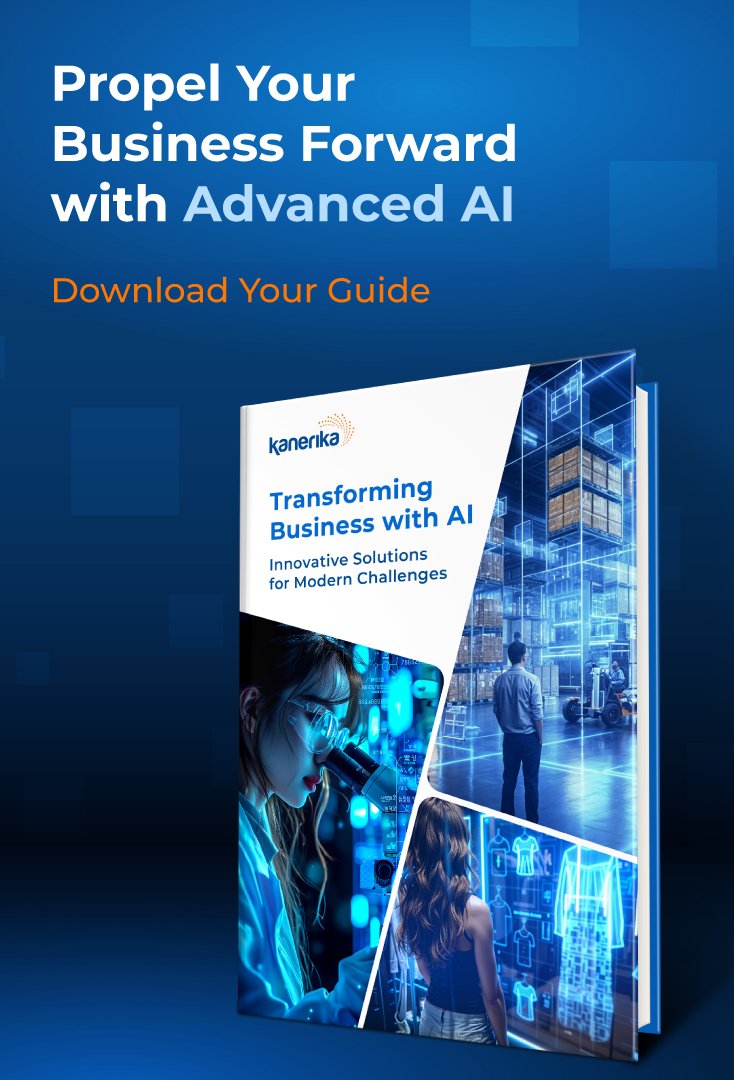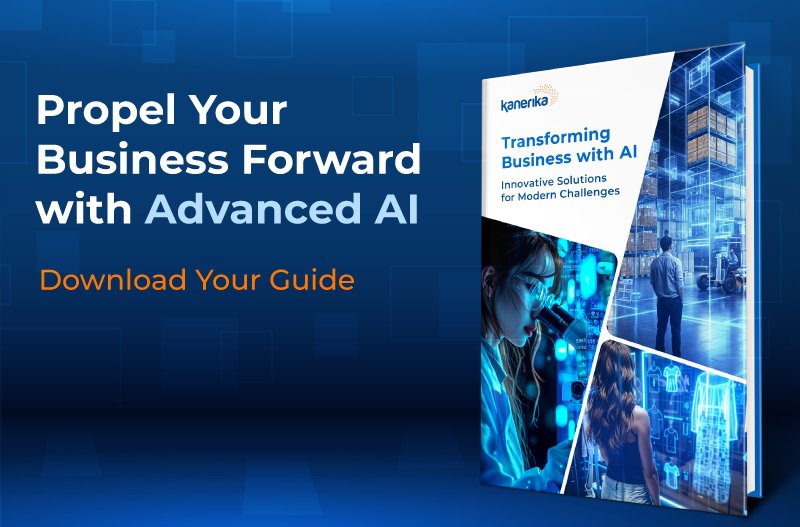Data Analysis
Data Analysis Introduction
Data analysis is the process of investigating, cleaning, transforming, and modeling data with the aim of discovering useful information, supporting decision-making, and solving complex problems.
Organizations rely on data analysis to help them understand patterns, trends, and associations within their datasets. This, in turn, leads to better strategy formulation and efficiency improvement, which brings positive results. It enables enterprises to gain a competitive advantage over others. Researchers come up with valid conclusions, while policymakers make informed decisions, too.
Types of Data Analysis
- Descriptive analysis: This type of analysis entails summarizing data visually, allowing people to grasp central tendency, variability, and distribution shape. It helps in understanding data patterns, trends, and relationships effectively. Methods for doing this include histograms, box plots as well as summary statistics like mean, median and mode.
- Exploratory analysis: We aim to uncover hidden relationships between variables through scatterplots or other visualizations. These techniques reveal patterns not immediately evident in tables or charts. Additionally, we will examine correlations among measures taken on the same subjects. One-way clustering will also be utilized in this analysis.
- Inferential analysis: Inferential statistics make predictions about populations based on samples drawn from them. It uses hypothesis tests, confidence intervals, and regression models to draw conclusions. This approach is especially useful for large datasets with multiple variables. It relies on accurate assumptions to generalize unknown quantities.
- Predictive analysis: Predictive models are created using historical records and then applied to new cases, hoping that similar contexts will produce comparable outcomes if fed back into the same inputs, eventually yielding forecasts regarding future events.
- Prescriptive analysis: Apart from just predicting outcomes, this type of analytics also suggests what actions could lead us to desired results given certain conditions have been met – so it is an optimization problem. It uses simulation models and decision algorithms based on forecasting insights towards prescribing the best course of action.
Data Analysis Steps
- Data Collection: Find and gather the information you’ll be analyzing.
- Data Cleaning: Get your data ready for analysis by fixing errors and inconsistencies.
- Data Exploration: Dive into the data to understand its characteristics and uncover patterns.
- Data Modeling (optional): (For more complex analysis) Build models to make predictions or discover relationships.
- Data Visualization: Present your findings in a clear and easy-to-understand way using charts and graphs.
Tools And Techniques
- Statistical Tools: These include excel, spss, r among many more software applications meant for performing basic descriptive statistics inferential tests regression analysis etc.
- Data Mining: Data mining techniques like association rules, clustering, and anomaly detection are used to discover patterns, trends, and relationships in large datasets.
- Machine Learning: Machine learning algorithms, including regression, classification, clustering, and deep learning, are employed for predictive modeling, pattern recognition, and decision-making tasks.
- Visualization Tools: Data exploring, and communication are one of the main uses for visualization tools like Tableau, Power BI, Matplotlib, and ggplot2. They are interactive and provide information.
Applications
- Marketing: In market research, we use data analysis along with customer segmentation, predictive modeling, sales forecasting as well as personalized marketing strategies.
- Healthcare: We can apply data analysis in healthcare through patient diagnosis, treatment planning, medical imaging analysis, drug discovery or even disease prediction.
- Finance: Financial Analysis cannot do without risk management which is a component of data analysis. Fraud detection investment strategies algorithmic trading credit scoring are all done based on this concept too.
- Education: For student performance evaluation personalized learning adaptive learning systems educational research to be fruitful then they must employ statistical methods such as those found within the field known as statistics; otherwise known as data science itself where it should start looking at numbers differently, so we know why people do what they do when teaching them anything new about themselves!
- Social Sciences: Social Science Research will always need surveys analyzed, sentiments reviewed, public opinion researched policy evaluated etcetera using statistical tools within its framework therefore this area heavily relies on these techniques also.
Challenges
- Data Quality: Imagine your analysis is like building a house. Good quality data is like strong bricks. If your data has errors, gaps, or isn’t relevant, it’s like using weak or mismatched bricks. The whole thing might fall apart, leading to bad decisions.
- Data Privacy & Security: People are cautious about sharing personal info online, like showing their whole house online. Laws like HIPAA are there to protect this information, but breaches can still happen. This can damage trust and make people worried about their safety.
- Interpretation Bias: Even the best analyst can be fooled by their own point of view. It’s like looking at your house through rose-colored glasses – you might miss problems. We need to be aware of our biases to avoid misinterpreting the data.
Future Trends in Data Analysis
- Artificial Intelligence & Automation: Differentiating between automation technologies, artificial intelligence, machine learning, and deep learning will come in handy as they are all part of data science. Since then, advanced analytics, predictive modeling, anomaly detection decision automation may become commonplace, with them being utilized more.
- Big Data Integration: The size alone does not matter. Diversity also matters a lot, especially with regards to where these various sets originate from. Hence, integrating big datasets coming from multiple sources like social media, Iot devices, sensors, among others should help drive further insight generation capabilities within analytics field.
Conclusion
Data analysis is like uncovering hidden insights from information. It empowers individuals, organizations, and societies to make informed decisions, drive innovation, and progress. To embark on this data journey, you’ll explore different data types, the analysis process, and the most fitting tools for various situations. Challenges like data quality and security exist, but the future of data analysis is bright with new possibilities.





